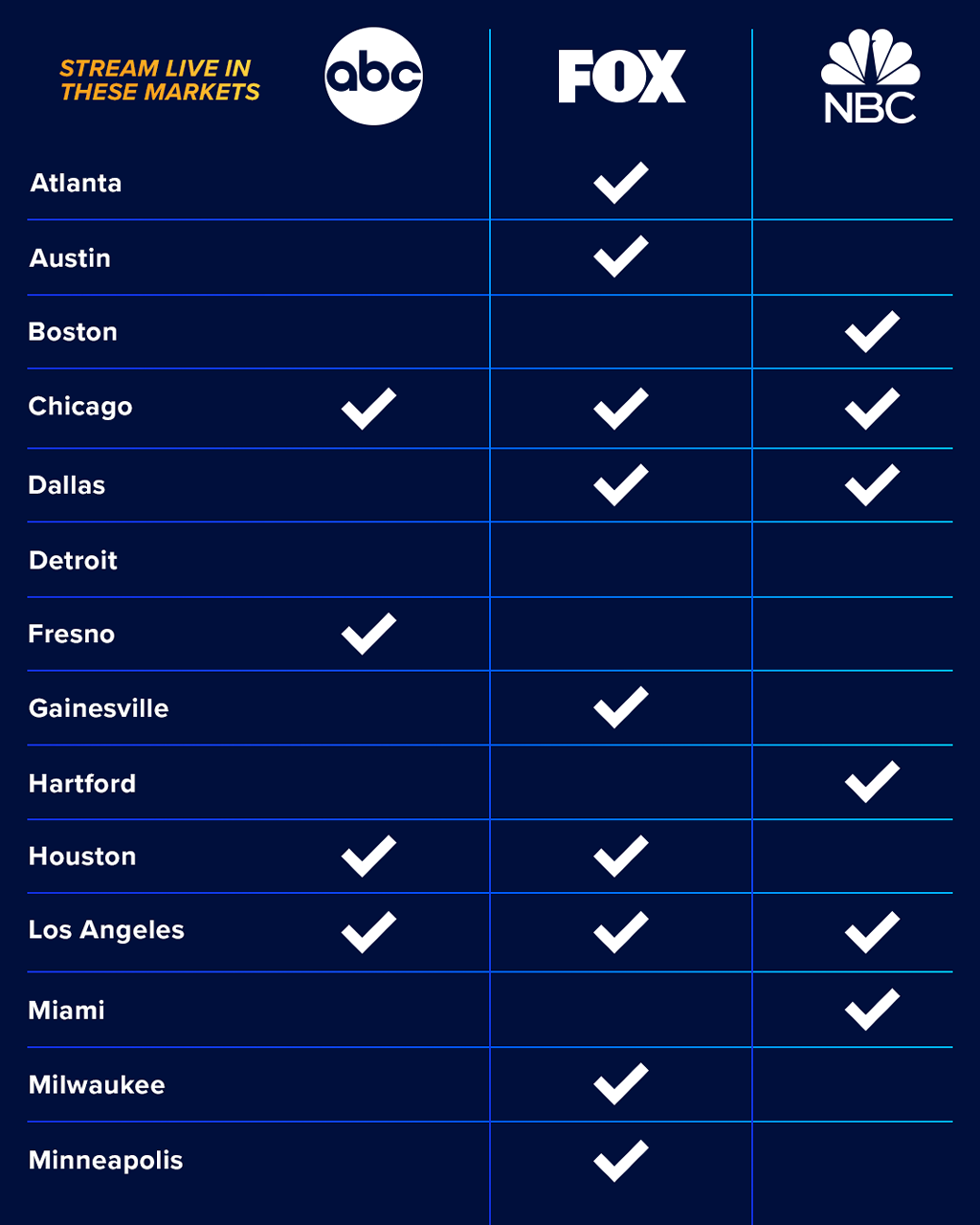What Does Apollo Group Tv Mean?
What Does Apollo Group Tv Mean?
Blog Article
Some Ideas on Apollo Group Tv You Should Know
Table of ContentsThe Of Apollo Group TvRumored Buzz on Apollo Group TvThe Facts About Apollo Group Tv UncoveredThe 9-Minute Rule for Apollo Group Tv
In this circumstance, as opposed to having three-minute industrial areas during a 30-minute tv program, television programs might change to one where a customer will certainly be needed to have a monthly subscription, so that they cen sight targeted banner advertisements. This kind of advertising and marketing currently occurs on the net, and the amount of information television companies gather allows them to do similar.Describe the significant fads among the broadcasting and cable networks. Popular radio reveals such as authorities dramatization Dragnet and western cowboy series Gunsmoke were adjusted for tv, and new TV programs were funded by single marketers, just as radio shows had been.
Today, the television industry is much more complex. Programs are funded by multiple advertisers; programs is controlled by significant media empires; and the 3 major networks no more control the airwaves but instead share their customers with numerous cable television channels. A number of factors account for these fads within the industry, consisting of technological developments, government policies, and the development of new networks.

See This Report about Apollo Group Tv
Even public television has ended up being based on the impact of advertising. Developed in 1969, (PBS) established out of a record by the Carnegie Payment on Educational Television, which took a look at the function of academic, noncommercial television on culture. The record suggested that the government finance public tv in order to offer variety of shows during the network eraa solution produced "not to market items" however to "enhance citizenship and civil service (McCauley, 2003)." Public tv was also planned to offer universal access to tv for customers in country areas or audiences that can not manage to pay for private tv services.
The duration between 1950 and 1970 is historically identified as the. Other than a small part of airtime managed by public tv, the three major networks (referred to as the Big Three) dominated the tv market, collectively representing even more than 95 percent of prime-time watching. In 1986, Rupert Murdoch, the head of international business Information Corp, launched the Fox network, challenging the dominance of the Big Three.
Targeting young and minority audiences with programs such as Buffy the Vampire Slayer, Moesha, Dawson's Creek, and The Wayans Bros., the brand-new networks intended to draw stations away from their old network affiliations. Rather than repeating the success of Fox, UPN and WB battled to make an effect. Not able to attract several affiliate stations, the two recently established networks got to less households than their larger opponents because they were unobtainable in some smaller cities.
This choice led the way for the growth of cable movie networks, adding to the rapid growth of cable television in the 1980s and 1990s. apollo tv. Additional deregulation of cable television in the 1984 Cable Communications Plan Act removed limitations on wire rates, making it possible for operators to bill what they wanted for cord services as long as there worked competitors to the service (a standard that over 90 percent of all cable television markets could satisfy)
The smart Trick of Apollo Group Tv That Nobody is Discussing

Having actually produced the very first "superstation," Turner expanded his world by establishing 24-hour information network CNN in 1980. At the end of the year, 28 nationwide have a peek at these guys shows services were available, and the cable television transformation had actually started. Over the next decade, the industry underwent a period of rapid development and popularity, and by 1994 visitors could choose from 94 standard and 20 premium cable services.
Number 9 - https://soundcloud.com/apollogtv01.16 Raised competition from cable channels has created a consistent decline in the networks' target market ratings. Throughout the 1950s, the price of producing a solitary television program enhanced as shows came to be much longer and manufacturing costs rose. Sponsorship on network tv shifted from single sponsorship, in which a program was completely sustained and produced by one advertiser, to numerous sponsorship, in which advertisers purchased 1- or 2-minute spots on the show
Each feedback needs to be a minimum of one paragraph. Pick among the Big Four networks and print out its regular programming schedule. See the network's prime-time programs throughout a week, keeping in mind the target demographic for each show. Observe the advertising sponsors that sustain each show and contrast how the services and products fit with the desired audience.
The Only Guide to Apollo Group Tv

Linear TV, usually referred to as traditional broadcast TV, encompasses wire and satellite tv., think of it as the classic means of viewing Television that has actually been around for decades.
Report this page